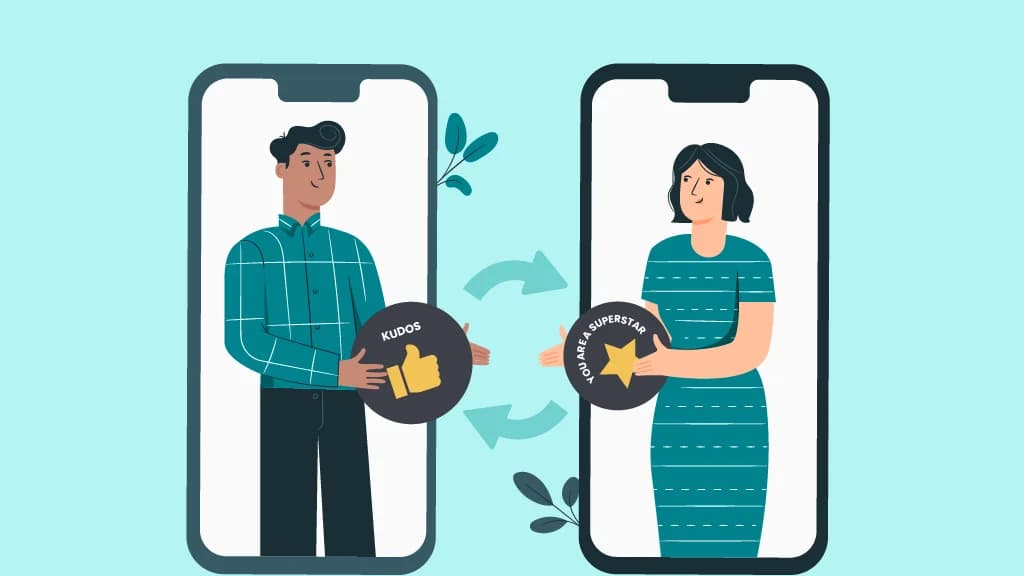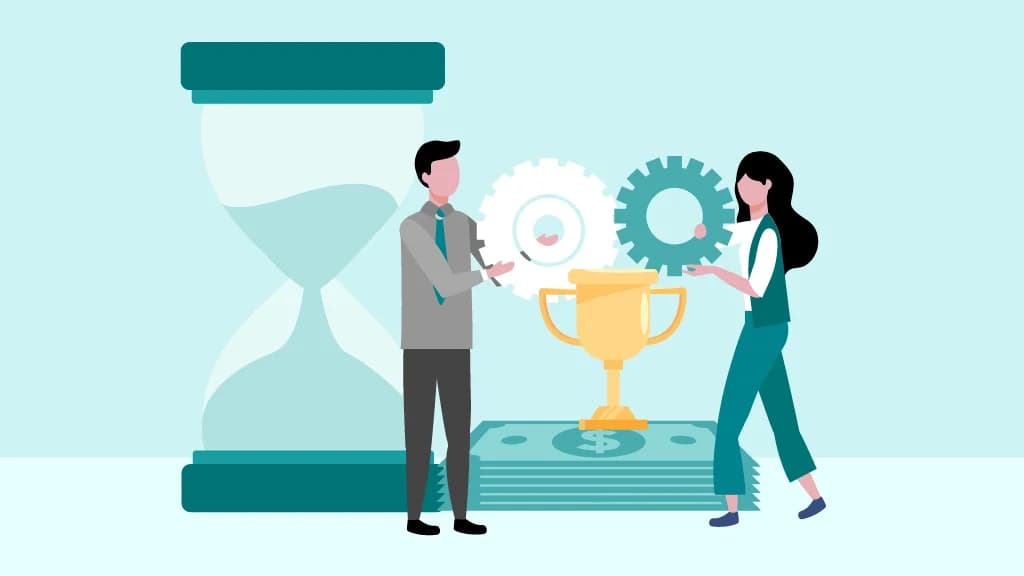
Team AdvantageClub.ai
November 3, 2025

Leading organizations approach this challenge with global employee recognition programs that create consistent, scalable engagement across diverse teams. When used with intention, your interactive recognition system can do far more than share messages. It can strengthen belonging, lift morale, and weave appreciation naturally into everyday work.
Practice 1: Set Clear Recognition Cadence & Frequency Guidelines
The first mistake organizations make is assuming “more recognition is better.” It’s not. Flooding recognition feeds trains employees to disengage.
Think of it this way: imagine walking into an office where someone is shouting praise every 30 seconds. After the first few times, you’d stop listening. Your digital appreciation wall works the same way.
What to do:
- Define target frequency (aim for 3-7 recognition posts daily for most mid-sized organizations)
- Ensure your recognition platform surfaces high-impact shoutouts first
- Review engagement metrics monthly to adjust cadence
- Communicate guidelines to managers so recognition stays consistent
Practice 2: Establish Channel-Specific Recognition Types
- Team Wins: Public, broad-audience celebration (company-wide announcements)
- Behavioral Values Recognition: Peer-to-peer highlights on your employee recognition social network
- Milestone Achievements: Department-level visibility (promotions, anniversaries)
- Spot Recognition: Quick, informal peer shoutouts across your employee shoutout platform
Practice 3: Design Intuitive Nomination Flows
Here’s what we know: complex nomination processes kill participation before it starts.
One-click recognition on mobile drives 3–5x higher participation than multi-step forms because busy teams won’t fill out surveys or navigate endless dropdowns just to recognize a colleague.
Keep it simple:
- Mobile-first design (most recognition happens on the go)
- Template prompts that guide without constraining authenticity
- Pre-populated options for recognition types
- One-screen submission process
When your interactive recognition systems reduce friction, participation skyrockets. Incorporating AI-powered employee recognition strategies can further simplify this process by surfacing timely, personalized recognition suggestions for managers and peers. The easier you make real-time recognition, the more your culture shifts toward celebration, and it directly impacts retention and psychological safety.
Practice 4: Curate Content to Protect Psychological Safety
- Clear moderation guidelines that prevent spam without stifling authentic celebration
- Optional anonymity for moments where it matters
- Inclusive recognition ensuring visibility isn't limited to high-performers or popular teams
- Regular review to ensure underrepresented groups are being recognized
Practice 5: Create Recognition Literacy Across Your Organization
- Weak: "Great job on the presentation!"
- Strong: "Your presentation anticipated three client objections we hadn't considered. That preparation directly influenced their decision to extend the contract."
- How to give specific, behavioral feedback through recognition
- Why cross-functional recognition matters
- Language that feels genuine, not scripted
When your team learns to recognize effectively, the quality of your employee recognition social network improves dramatically. Strengthening your culture of appreciation through employee recognition best practices drives lasting impact.
Practice 6: Measure What Matters, Not Vanity Metrics
- Participation rates: Who's recognizing and how often?
- Recognition distribution: Is recognition flowing across departments and levels, or concentrated among a few?
- Sentiment patterns: What themes appear in your strongest recognition posts?
- Retention correlation: Are recognized employees staying longer?
Practice 7: Enable Manager Leadership in Recognition Culture
- Clear templates and prompts that they can use
- Visibility into recognition trends within their teams
- Explicit expectations that recognition is part of their role
- Training that positions recognition as distinct from formal feedback or performance reviews
When managers actively engage in real-time recognition, it creates a ripple effect. The teams follow, peer recognition accelerates, and the entire culture transforms. This becomes even more powerful when managers understand the neuroscience behind recognition; they can better harness its psychological impact to sustain motivation and trust. Recognition isn’t isolated; it is part of an integrated approach to employee experience.
Putting It All Together: Your Recognition Roadmap
AdvantageClub.ai is built specifically to support this kind of thoughtful recognition culture. They combine intuitive peer recognition feeds with the strategic insights and holistic approach that modern HR leaders need.





